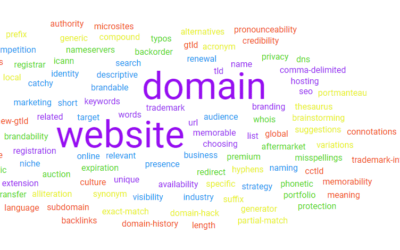In today’s digital landscape, your website’s performance directly impacts your success. Whether you’re managing your own site or working with a web professional, understanding key performance metrics and optimisation strategies is crucial.
Blog | Website optimisation articles
How to Optimise Your Website for Littleborough
Want to boost your online presence in Littleborough? This guide will help you attract more local customers. We’ll cover the basics of website optimisation, with a focus on Littleborough. Let’s get started!
Do You Need an SSL Certificate for Your Website? Find Out Now!
In today’s digital world, having an SSL certificate for your website is no longer optional; it’s a necessity. Think of it as a digital passport that verifies your website’s identity and encrypts sensitive information. This is crucial for building trust with your visitors and protecting them from cyber threats.
How to Design a Website: Essential Tools for Beginners
Are you dreaming of creating your own slice of the internet but feeling a bit overwhelmed? Rest assured, you’re not alone in this digital adventure! Building a website might seem like rocket science, but with the right tools and a dash of patience, you can absolutely make it happen.
Is Your Small Business At Risk? 7 Website Security Measures
Why Website Security Matters for Small Businesses
In today’s digital landscape, small businesses are increasingly becoming targets for cybercriminals. Indeed, recent studies suggest that smaller enterprises often face greater vulnerability, primarily because criminals perceive them as having fewer security measures in place.
How to Choose the Best Website Builder for Your Needs
Website builders have revolutionised the online world, making it easier than ever to create a stunning site without writing a single line of code. They offer intuitive drag-and-drop interfaces, ready-made templates, and user-friendly tools to empower anyone to build their online presence.
SEO Glossary: Your Guide to the Latest Terms
Navigating the world of online business can feel like learning a new language. To help you decipher the jargon, we’ve compiled this glossary of essential terms related to website optimisation, SEO, hosting, and digital marketing.
Master Google Ads: The Ultimate Guide For 2025
Google Ads is an online advertising platform developed by Google. It allows advertisers to display brief advertisements, service offerings, product listings, and video content within the Google ad network to web users. The platform operates on a pay-per-click (PPC) model, meaning advertisers pay only when a user clicks on their ad.
Digital Marketing Essentials: 8 Components You Need To Know
Demystifying Digital Marketing: 8 Key Components. Search engine optimisation , social media marketing, content marketing, email marketing, pay-per-click advertising, affiliate marketing, influencer marketing, and video marketing. Each of these contributes to enhancing a business’s online presence.









